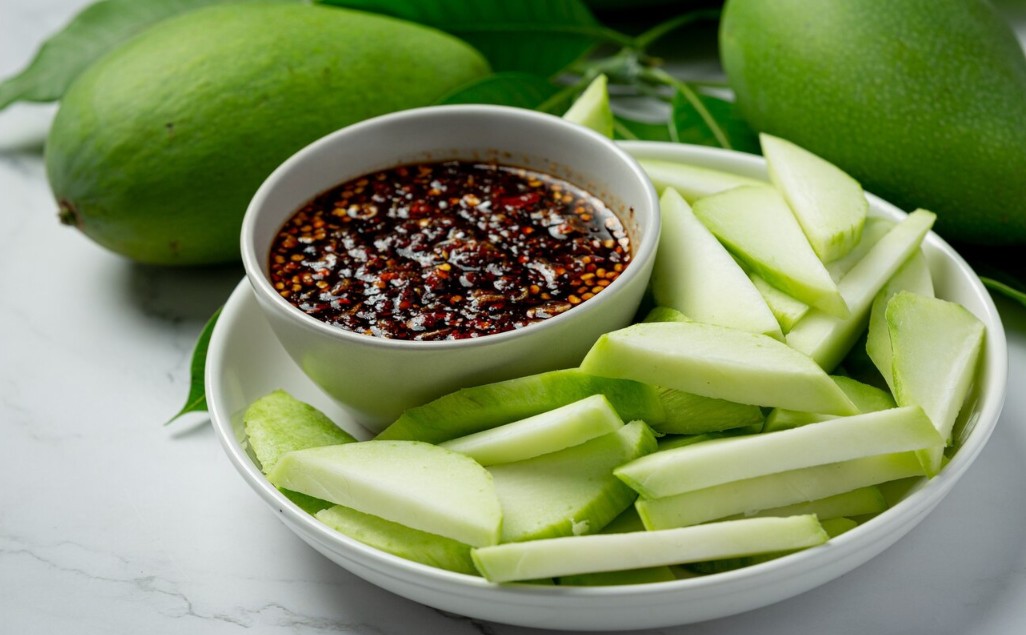Mango pickle serves as a fundamental condiment throughout South Asia as well as many other households worldwide. The spicy tangy condiment serves two purposes by offering enhanced food flavors and extending the taste of raw mangoes for long-term preservation. The process of making homemade mango pickle brings both satisfaction and deliciousness to experienced cooks and new home chefs. This blog demonstrates how to prepare an ideal mango pickle recipe which pairs well with various dishes.
Table of Contents
Why Make Mango Pickles at Home?
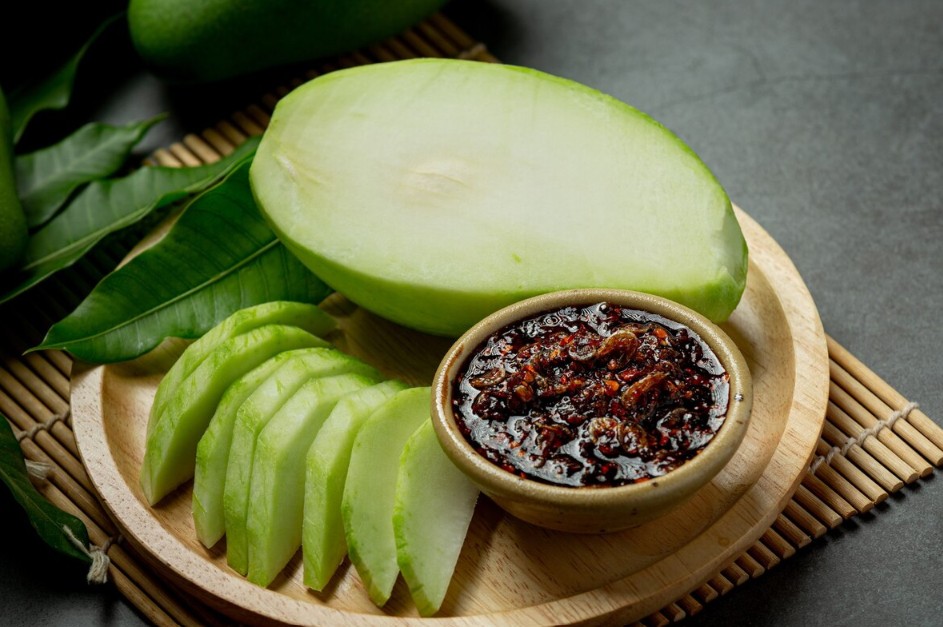
The following section will explain the valuable reasons behind preparing mango pickle at home. Pickles purchased from stores commonly have preservatives together with artificial flavors that reduce the natural authentic taste. When you prepare the product yourself you determine what goes in it and can achieve both nutritional value and strong taste. Creating your own homemade delicacy in the kitchen becomes a rewarding experience because it scatters pleasant smells throughout while satisfying your desire to cook.
Ingredients You’ll Need
These are the required ingredients to create traditional Indian mango pickle:
- 500 grams of raw mangoes
- 3 tablespoons of mustard oil
- 2 tablespoons of mustard seeds
- 1 tablespoon of fenugreek seeds
- 1 tablespoon of turmeric powder
- 1 tablespoon of red chili powder
- 1 tablespoon of salt
- 1 teaspoon of asafoetida
- 1 teaspoon of fennel seeds
Step-by-Step Guide to Making Mango Pickle
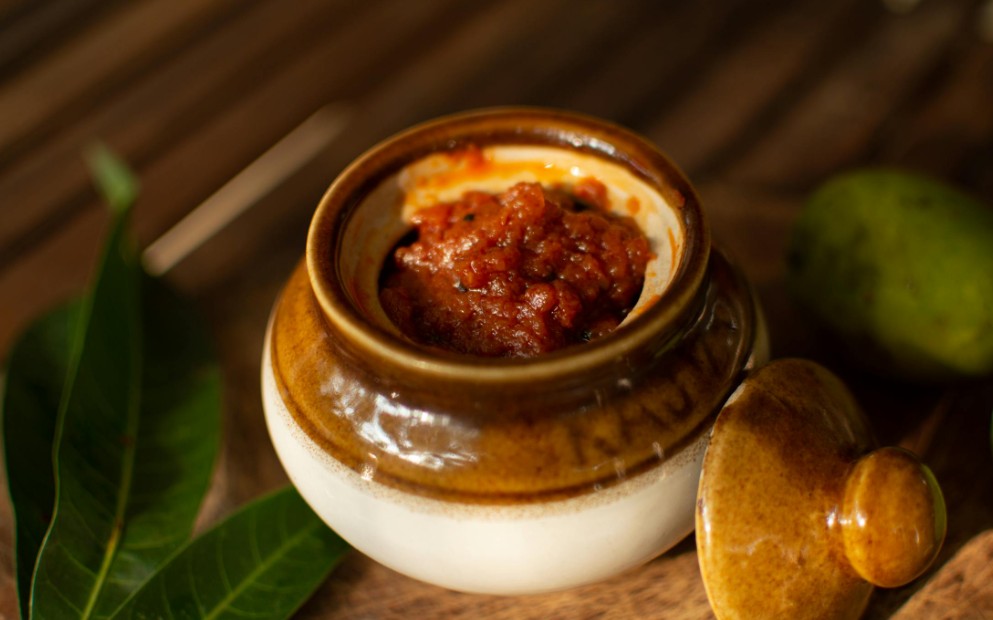
Step 1: Selecting the Right Mangoes
Choosing the appropriate mangoes stands as the initial requirement to make flavorful mango pickles. Small firm mangoes with unripe properties make the best choice for pickling since they provide the necessary texture and tanginess. Mangoes that feel too soft to the touch should be avoided because they will not survive the pickling process.
Step 2: Preparing the Mangoes
Clean your selected mangoes correctly after selection to eliminate surface impurities. A clean cloth should be used to dry the mango pieces. Cut the mangoes into small pieces by using a fresh knife. The choice to keep or remove the skin depends on personal preference when preparing the mango pieces. The skin of your mangoes will provide additional texture and flavor when left intact in the pickle process.
Step 3: Roasting the Spices
Heat a dry skillet to low and add mustard seeds together with fenugreek seeds before roasting until they develop their aromatic qualities. Heat the spices with care because excessive burning will modify their taste. Put the ground spices through a spice grinder or mortar for a fine consistency after roasting them. The essential oils in spices need to be released through this vital step which improves the final flavor of your mango pickle recipe.
Step 4: Mixing the Spices
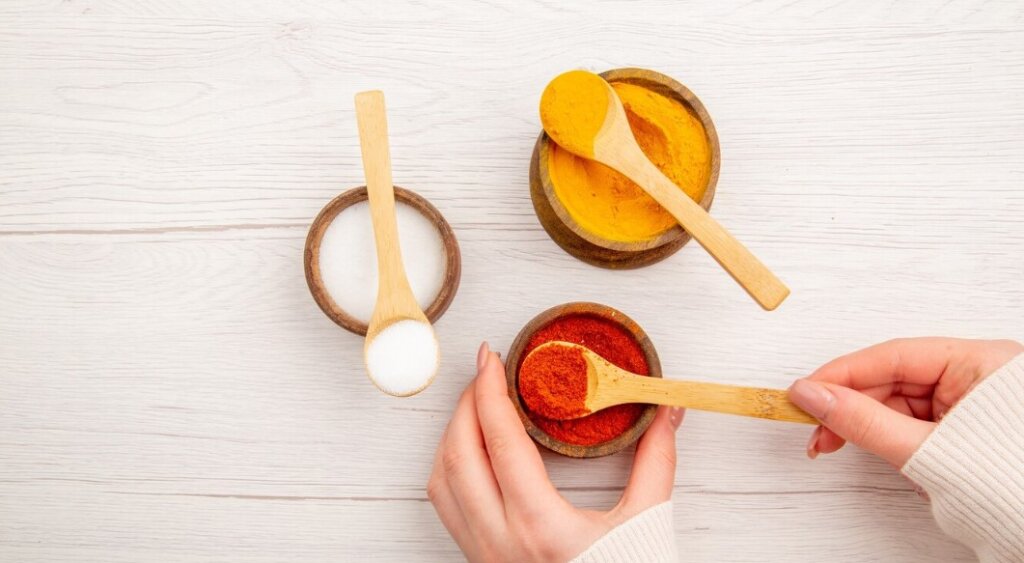
A large mixing bowl contains the combination of roasted spice powder with turmeric powder, red chili powder, salt and asafoetida. A careful mixing of all components will produce a uniform blend of flavors throughout the mixture. The addition of fennel seeds during this stage will bring an extra dimension to your mango pickle.
Step 5: Coating the Mango Pieces
Use your hands to coat the mango pieces evenly with the prepared spice mixture. The protective coating layers preserve the mangoes and simultaneously impart flavor to them. Mix the mango pieces with the spices by hand so the spices coat every piece completely.
Step 6: Heating the Mustard Oil
The traditional mango pickle preparation requires Mustard oil as its primary ingredient. Heat the mustard oil until it produces smoke as its maximum temperature. The oil-smoke elimination procedure through heating reduces the natural oil smell while making it taste better. Heat the oil until it reaches its temperature and then permit it to achieve slight cooling before you start the next step.
Step 7: Combining Everything
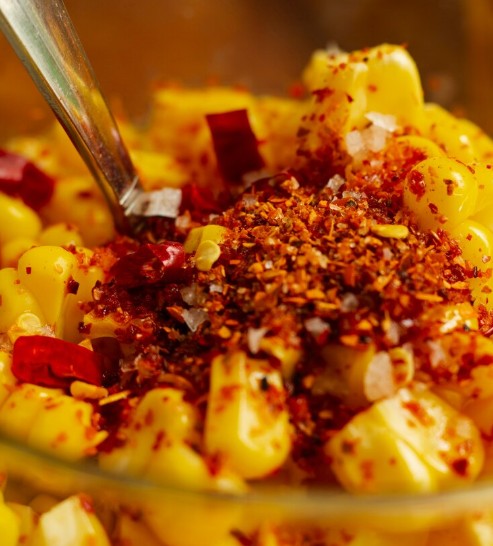
Pour the oil mixture made from mustard oil and heat until warm onto the prepared mango pieces. Use a mixing implement to coat every mango piece with the oil in a thorough manner. The addition of oil serves two purposes: it gives your pickle taste while it works as a preservation agent to increase shelf stability.
Step 8: Storing the Pickle
Store the mango pickle in a sterilized dry glass container. The storage jar needs sterilization to stop harmful contaminants from entering. Press the pickle contents firmly to eliminate any remaining air spaces between the ingredients. Place the sealed jar into a cool dark storage area for at least one week before the pickle becomes ready to consume. The combination of flavors during the resting time creates a strong and tasty pickle.
Tips for Perfect Mango Pickle
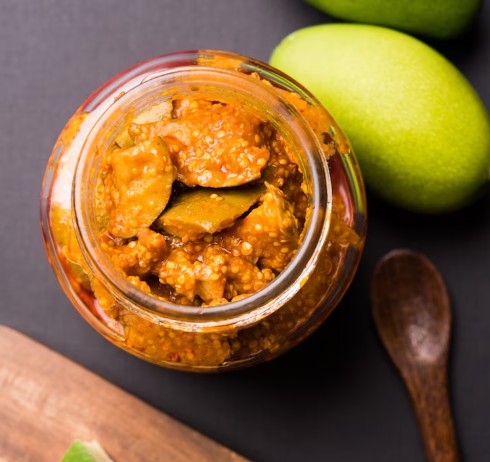
- Sterilization: Any pickle storage should happen within sterilized jars. Mold and bacterial contamination will be prevented through this method.
- Consistency: All mango pieces should be cut into uniform dimensions. The uniform size of mango pieces creates an equal distribution of pickling solution which results in a cohesive texture.
- Spice Adjustment: Change the spice levels according to your personal preferences. People have different preferences regarding pickle spice levels because they either want mild or hot flavors.
- Oil Quality: High-quality mustard oil produces the best outcomes when used in pickling. Your mango pickle recipe depends heavily on the oil for creating its distinctive flavor profile.
Serving Suggestions
Mango pickle proves suitable for many different types of food preparation. The pickle pairs best with rice and dal for dinner or with parathas and curd for a breakfast treat. The mixture of tangy and spicy elements in mustard oil enhances grilled meats as well as sandwiches providing fresh taste to your regular meals.
Conclusion
Preparation of homemade mango pickle brings both ease and satisfaction when enjoying raw mango flavors throughout the entire year. Our step-by-step guide allows you to develop a tasty mango pickle dish that preserves classic pickling methods. Take up your sleeves and get your ingredients ready to begin your delicious culinary adventure. Happy pickling!
For more information visit our site.

